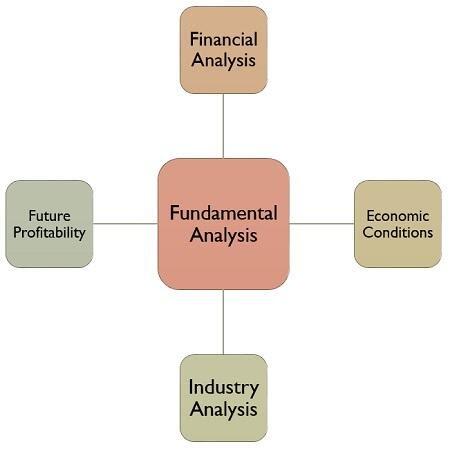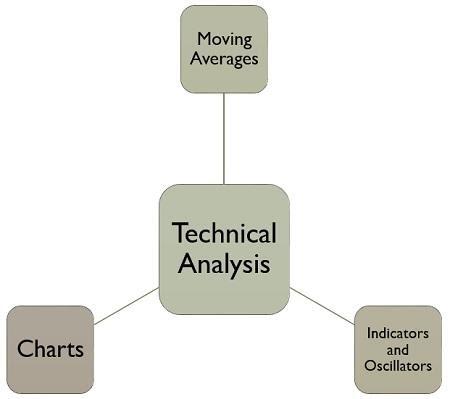FUNDAMENTAL ANALYSIS VS. TECHNICAL ANALYSIS RUNDOWN
Fundamental analysis and technical analysis are two broadly acknowledged methodologies and principles that traders utilize when approaching stock markets. This article aims to elucidate their uses in order for one to grasp underlying ideas and difference between fundamental and technical analysis.
- FUNDAMENTAL ANALYSIS-This analysis is purely essentialist in a way that it aims to curate and analyze stock value through intrinsic factors such as the overall economy, revenues, incomes, and growth capability. This approach synthesizes micro to macrocosmic aspects that sway stock value including market, financial, and industrial status.
- TECHNICAL ANALYSIS- Technical methodology uses market activity to come up with a hypothesis, without having to rely on actual market and financial status. Much of fundamental analysis’ crucial variables are just technical inputs of price and that it is deemed unnecessary to analyze them.
TECHNICAL ANALYSIS VS. FUNDAMENTAL ANALYSIS: COMPARISON
In comparing these two methodologies, one must be mindful of two key differences that set them apart from each other. While fundamental analysis fits long-term investment strategy, otherwise can be considered for technical analysis where it is more fit on short term structure. As the former heavily relies on long-term bases, the latter prioritizes short-term trends. Another factor to consider is the investment structure since an individual has to assess whether to be an investor or a trader.
CRUCIAL TOOLS
In reviewing variables of technical analysis vs. fundamental analysis, a lot of things can be noted. For one, fundamental analysis reviews three major filters, the economy, the industry, and the company all while technical analysis relies on tools such as prices, time, volume, and width.

In fundamental analysis, analyzing the economy brings overall and macrocosmic view of the economic performance through economic signals and indicators. In line, in-depth industry analysis is also of great importance to identify the viability of a specific industry.

When it comes to technical analysis, the price is highly regarded as it is heavily associated with investors’ behavior. Moreover, time is of equal importance since the price’s consumed time when reversing will also define the price’s worth. How much the price would change is dependent on transaction volume while width dictates the level or degree that the price has reached.
CONCLUSION
Both methodologies have significant contribution in profitability. Fundamental analysis is intrinsically-focused and allows investors to buy a stock just when the market price is of lower value compared to its intrinsic value. In technical analysis utilizes price and volume as variables as it allows traders to buy stocks just when speculations deem that it can be sold for a higher value in the future.




